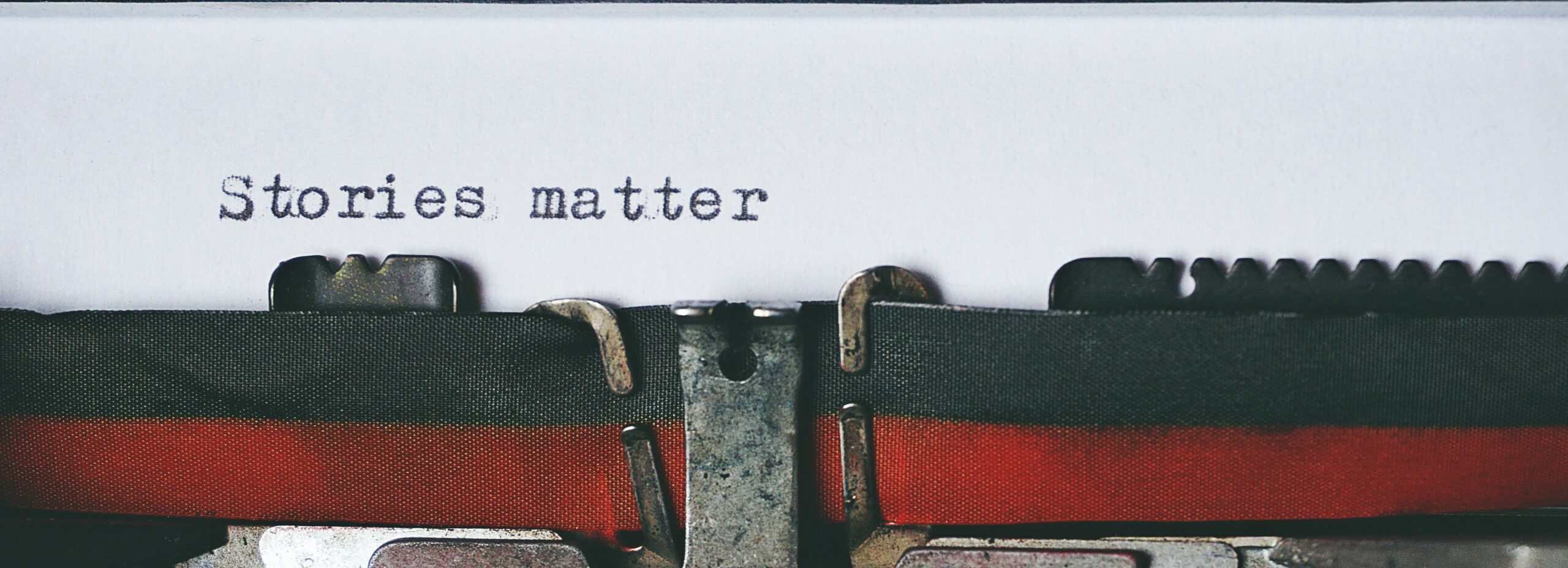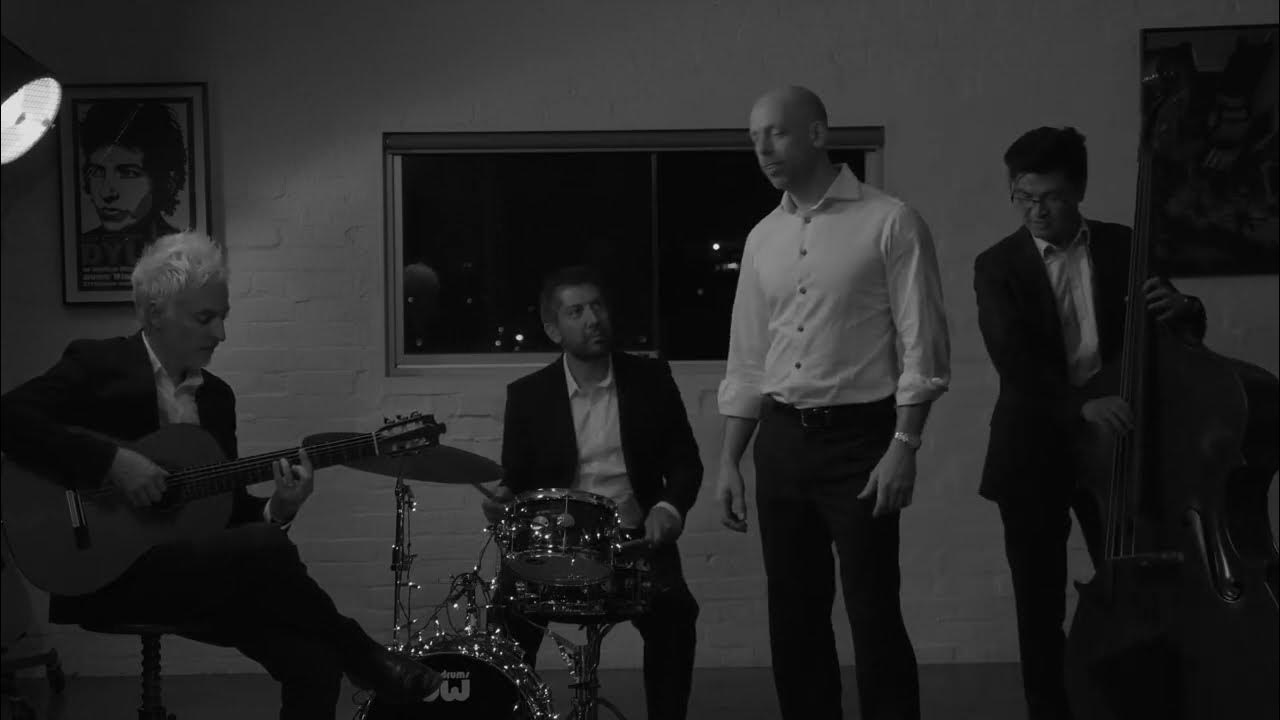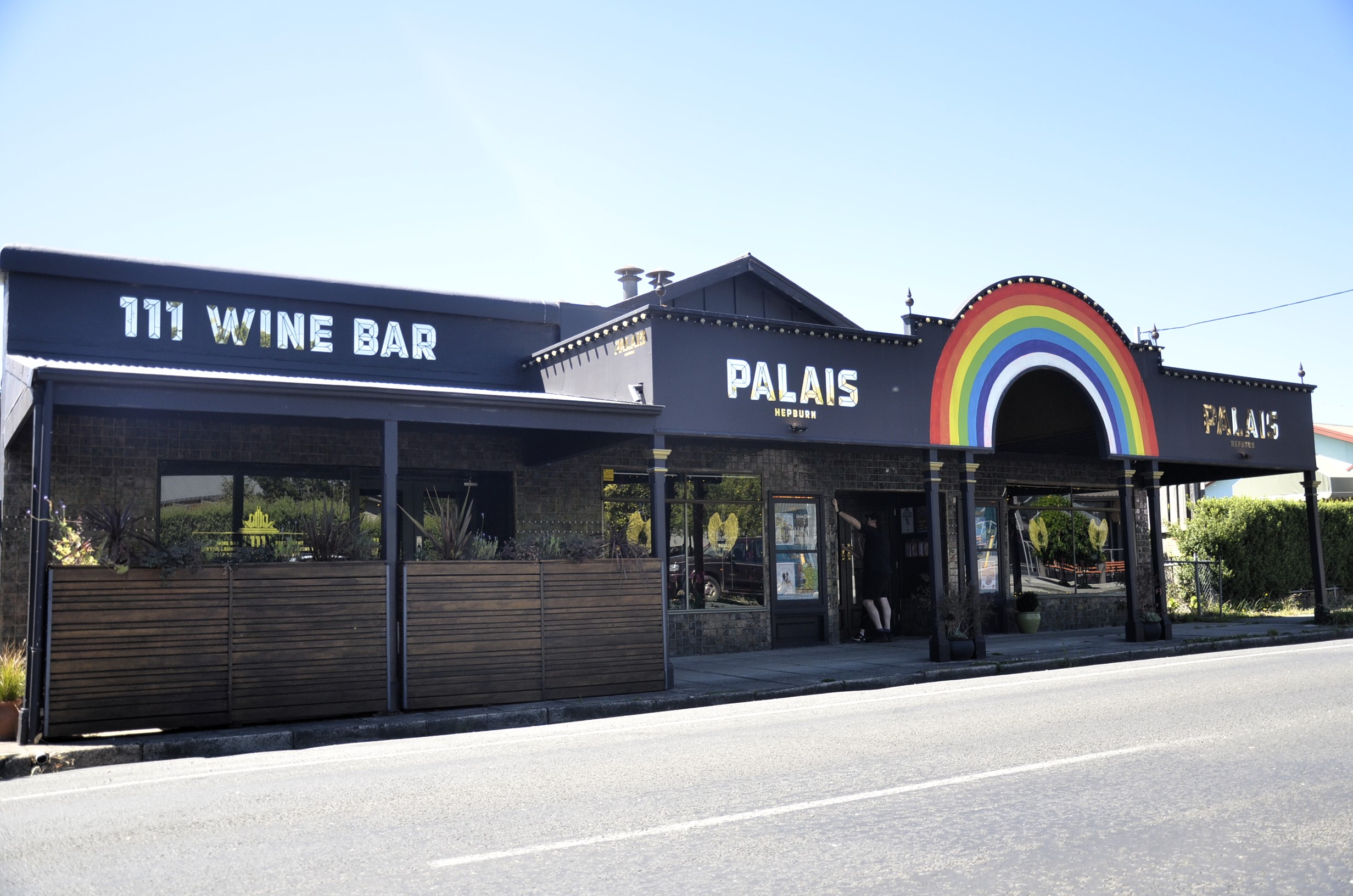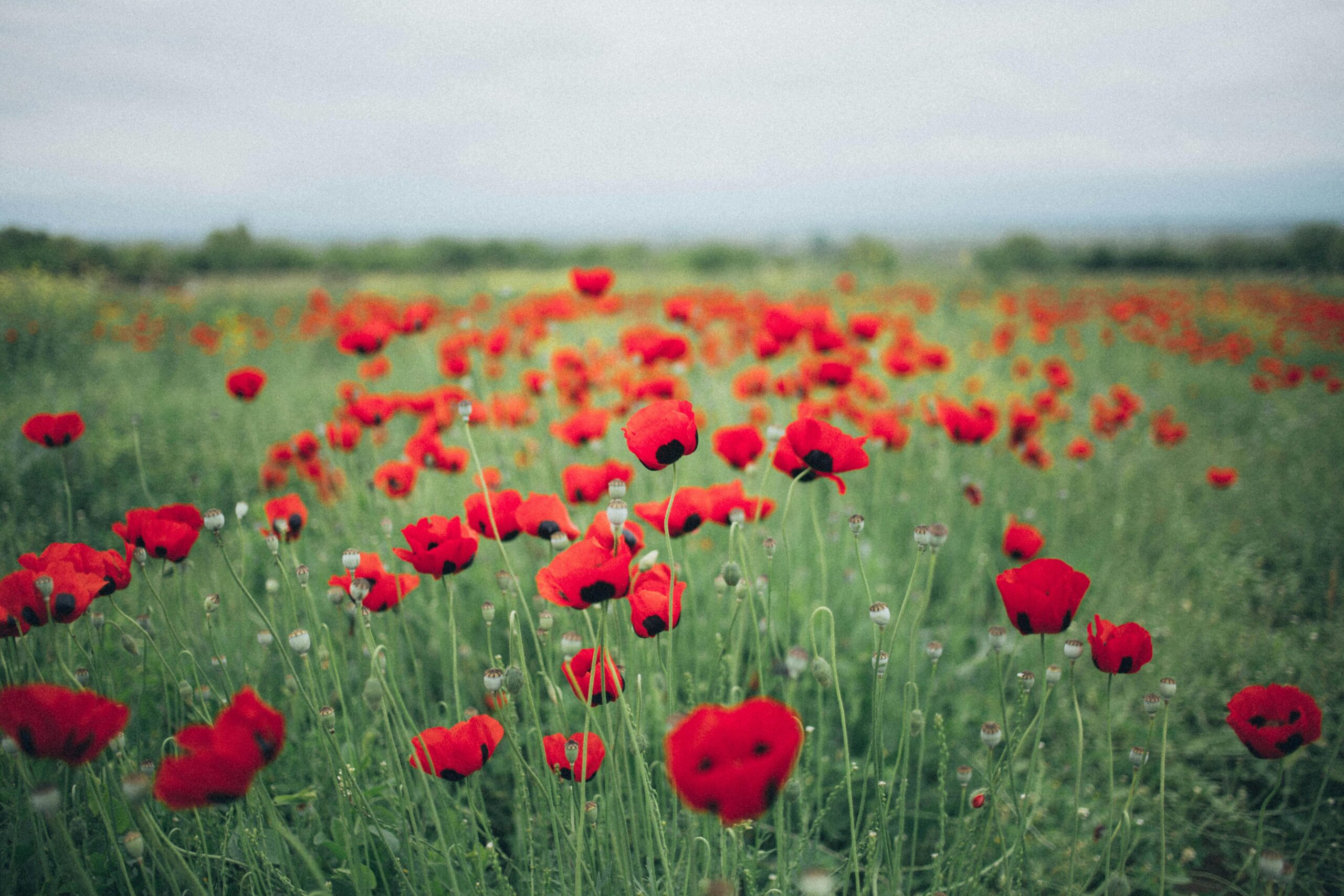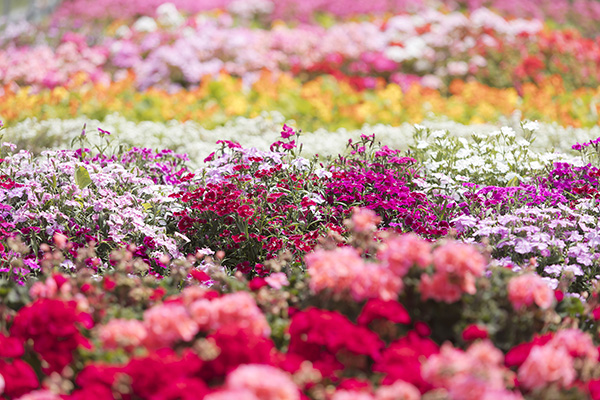October 26th, 2020Guiding a school in the time of COVID-19
Forced to take the unprecedented step of closing the school to students and staff (except for a handful of students with special circumstances or those with parents classified as essential workers) for the first time in history, the corridors and classrooms have been eerily quiet.
For many students and teachers there was a collective sigh of relief as they returned. For some parents and teachers, the pressures of working from home with children underfoot have been immense, the return to face-to-face learning is a welcome first step to normality during life in the time of COVID-19.
“We’ve been flying by the seat of our pants with the announcements coming from the Premier so fast – the constant shifting of sands and how we adapt has been the biggest challenge. A more important challenge however has been looking after every one of my students and staff. I’ve focused more on the human side of things. We’re usually focused on student outcomes and academics, but this pandemic has focused us more on talking to kids, teachers, staff and parents – the granular stuff of checking in with kids at home who may be struggling.
“We cut our timetable down to help our students and teachers to reduce the stress of working and learning at home. We virtualised our wellbeing team: it was setup online using video conferencing with a nurse, a doctor, two youth workers, an alcohol and drug counsellor, and a social worker available.
“No classes ran on a Tuesday and this was a wellbeing/check-in day. We made sure we spoke to our kids and their parents/carers and asked them what their experiences were of learning from home during COVID. The results were interesting, for example 15 per cent of students actually reported an improvement in their mental health while learning from home, and 32 per cent felt they learnt better online than in the classroom. Overall the feedback was very positive. Kids are pretty resilient and this shone through.
“We’ve tried to give the kids something to look forward to, we’re one of the few schools not to have cancelled their camps and the Year 7s are off to Alexandra in a few weeks. During lockdown staff and I drove around to every year 12 student and messaged them to keep an eye on their letterbox. We dropped off homemade cookies and masks made by the teachers, and inspirational quotes on cards. We provided care packages of homemade goodies for the staff, it helped raise their spirits. I knocked on a lot of people’s doors with a quick hello and a smile.
“Face-to-face contact is incredibly important. We’re social beings. Learning is a social exercise. I think the way our students weathered this is a real credit to them. I’m really proud of them. And proud of my staff because they’ve been such a big part of helping the kids cope.
“I felt excited about seeing the kids again. We go into teaching because we love hanging out with kids, that’s part of why this has been so difficult.
“I’m an optimistic person. I do think that COVID could result in some positive changes for education. It’s made us rethink everything we do. It’s shown us that our kids can be independent, and that’s a good thing.”
This story and photo is part of Sandy Scheltema’s Life in the Time of Coronavirus series funded by Creative Victoria and Regional Arts Victoria as part of the Sustaining Creative Workers Initiative.


